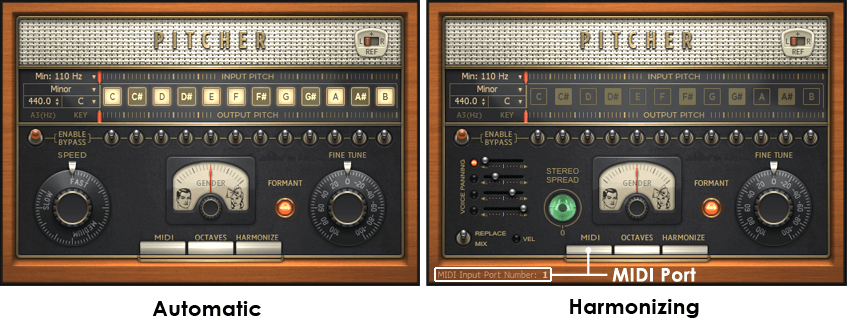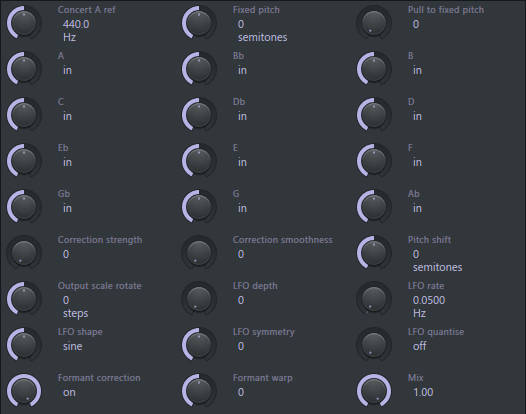

It is the current state of the art when it comes to pitch tracking (apart from possibly some deep learning-based approaches). If you google for pitch tracking methods, you’ll probably find the PYIN algorithm among the results. To implement a simple auto-tune command-line tool, we will use Python because most of the DSP algorithms are readily available as Python packages 😉 How to implement pitch tracking? So how to implement it? How to implement the auto-tune? Special thanks to Marie Tricaud for the tips on creating such diagrams. A sample DSP diagram of the auto-tune effect. The above-described steps are shown as a diagram in Figure 1.įigure 1. The whole procedure is called pitch correction in the digital audio effects community but more broadly it is known as the auto-tune or the Cher effect.

First, we would have to find out what the pitch actually is at a given point in time.What would we have to do to correct the pitch (the fundamental frequency) of any vocals recording? Today, digital signal processing (DSP) and Python will help us achieve just that! One of the most difficult tasks of singers is singing in tune. (FYI, the backing track comes from YouTube). Your browser does not support the audio tag. How well can I sing it? You can judge yourself: Out of many songs that I like, one that I found quite interesting to sing is “Skyfall” by Adele.Īctually, I even took some lessons to be able to sing it well.

How can we calculate the “correct” pitch?.How to shift the pitch of a vocals recording?.However, I am not the best singer out there.īut hey, I’m a programmer, so maybe I can write some code to fix my singing?Ĭan I auto-tune my voice with code? Let’s find out! Table of Contents

Let’s perform auto-tuning of a voice recording in Python! Introduction


 0 kommentar(er)
0 kommentar(er)
